Whether you are dealing with color-treated, relaxed or natural hair, steaming your hair is essential. As a way of pampering your hair, the activity helps in keeping your scalp hydrated and stimulates blood flow. While most people will have it done at a salon, hair steaming is also worth a try even at home.
Done wrong though, steaming may not help your hair much or even worse, it can be damaging. Besides sharing with you a thorough guide on the do’s and don’ts for steaming your hair at home, we have also included more on what you need to know about hair steaming.
Why Steam Your Hair?
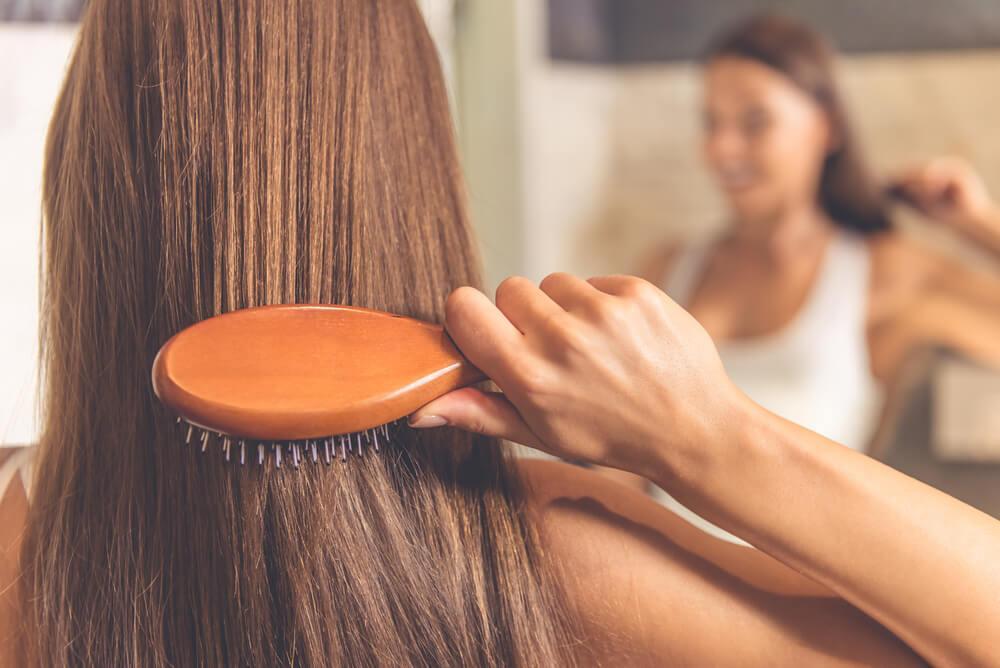
Your hair is usually exposed to natural elements and hair products that can sometimes cause damaging effects. Steaming your hair creates a hot and moist environment that comes with several benefits for your hair. These include:
Reduces hair breakage
Steaming works from within as your hair slowly absorbs moisture from both the steam and other products that you put on the hair. Since the gained moisture lasts longer, it keeps the hair supple and hydrated. This curbs hair breakage that results from dry and brittle hair.
Cleans the scalp and hair
Over time, the use of products and exposure to the environment leads to the buildup of dirt and toxins in your scalp and hair. Steaming opens up the pores and lifts the hair cuticles making it easier to flush out the build-up. Moreover, the heat from the steam loosens it up for easier removal or cleaning. This leaves both the hair and the scalp clean.
Improves product penetration
Whatever products you put on your hair depend on its ability to fully absorb them for best results. As mentioned above, steaming lifts the hair cuticles and opens the pores. Products such as hair conditioners are able to penetrate deep into each hair strand to deliver maximum effects. Steaming comes in handy especially if you have low porosity hair, which means hair that doesn’t easily absorb products.
Enhances hair growth
One of the key factors that affect hair growth is scalp health; healthy scalp equals healthy hair. The heat helps in increasing blood and natural oils flow on the scalp. Additionally, hair dryness and breakage can also hamper hair growth. The solution; steaming moisturizes both the hair and the scalp which is the canvas on which hair grows. The end result is that your scalp gets primed for faster and healthier hair growth
Enhances curls
Improving your hair’s moisture retention also helps to enhance your curls. As you know, curls need to be reshaped every now and then. To better maintain their elastic and compact shape, try steaming once a week. While the steam might not change the texture, your curls will remain ‘springy’ and intact for much longer.
Enhances elasticity
When moisture penetrates deep into the hair shaft, it makes hair stretch and shrink at ease. Your hair becomes easier to comb and style. Some stylists actually claim that steaming hair cuts down processing time by half. The hydrated hair is also less brittle, easier to detangle, and less likely to break. In a nutshell, steaming makes your hair more manageable.
Refreshes your scalp and hair
When it’s too hot, wetting your hair can be liberating. The problem is, having soggy hair isn’t the best look especially when you are out and about. Also, with the weather alternating between hot and cold spells, wet hair can be a nuisance. This is when steaming beats washing. Steaming helps to moisturize your hair faster and more efficiently, with minimal wetness.
The Do’s and Don’ts of Hair Steaming
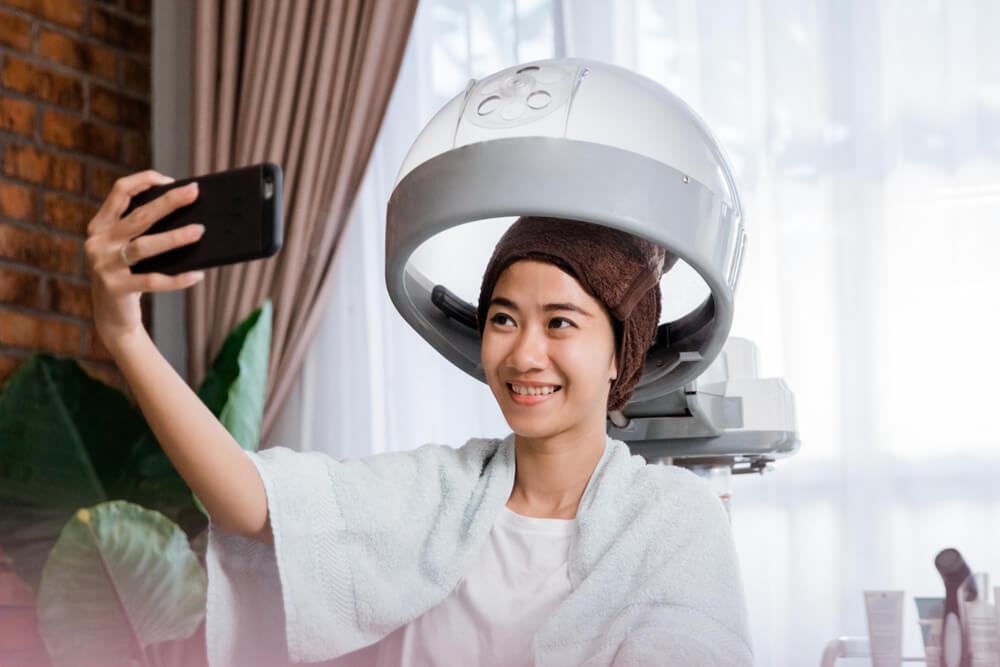
-
DO Steam Often
With the weather and daily chores, your hair loses moisture fast. To keep the hydration levels up, steam often. A common approach is steaming weekly. As your hair gets used to the treatment, it becomes more elastic and better at moisture retention. Weekly steaming also helps in improving the texture of your hair.
-
DO Combine With Conditioner
If you have relaxed your hair, consider combining conditioning and steaming. Start by applying the conditioner for softness and nourishment. About 10 minutes after, steam to ensure deep penetration. The water and the heat help to drive the conditioner into the roots more easily and effectively.
-
DO Steam For 20-30 Minutes
The duration of the steaming affects the effectiveness of the procedure. Depending on the condition of your hair, you steam for 20-30 minutes. If your hair is thick and long, steaming for about 30 minutes will do. On the other hand, short and thin hair will benefit from a shorter steaming session.
-
DO Have A Washcloth Nearby Or Wear A Headband
As its to be expected during steaming, water might run down your face. The moisture can carry conditioner and other hair chemicals to your face and shoulders. Apart from being a nuisance, these substances can irritate and break out your skin.
Depending on the heat, the dripping moisture may even scald you. Avoid all this by having a washcloth handy to wipe off the excess moisture. An even better option is to wear an absorbent headband during the session.
-
DO Make Sure That The Steam Reaches The Ends Of Your Hair
For maximum benefits, the steam should reach every strand of your hair. You should be especially concerned about the hair ends. As far as your hair goes, the ends are the oldest. As such they need steaming the most. Your steaming techniques need to ensure that the ends are well steamed.
Start by clipping your hair up. This will ensure that all the strands are inside the steamer, ends included.
-
DO Let Your Hair Cool Down
Since steaming and conditioning go hand in hand, it is essential that you let your hair cool before rinsing. Cool hair signifies that your cuticles are closed. By the time it’s cool to the touch, your hair has sealed all the benefits of the steam and conditioner inside.
-
DON’T Let Your Hair Hang Below The Steamer
To be effective, steaming calls for all hair shafts to be under the steamer for the whole duration. Any styling that makes some of your hair to be out of the steamer should be avoided. That said, don’t wear your hair down.
With a conditioner, any strands that hang off from the steamer will not be well-treated. Also, wearing your hair down will leave the ends, the parts where steaming is needed the most, untreated.
-
DON’T Forget Any Part Of Your Head
Very often it is easy to concentrate only on a specific part of your head and forget the rest. Some people steam the hair at the top of the head, forgetting the nape and the sides. While this may be informed by a hairdo that concentrates hair on the top, the practice leaves the other hairs weaker.
If you are using a steamer with a small hood, position your head for the steam to reach every inch. Whichever steaming method you choose to go with, be thorough. For a long and thick mane, clip it in a way that it will fit in a steamer. You can also opt for an at-home procedure that encompasses every part of your hair.
-
DON’T Cover Your Head
A common and most ill-informed practice is covering your head while under the steamer. The heat should be free to reach your scalp and melt the conditioner along the way. Using a plastic cap to cover your hair will prevent the moist heat from reaching all strands.
-
DON’T Get Into The Steamer Before The Water Bubbles Up
Going under the steamer immediately after you switch it on is a no-no. When we talk of 20 to 30 minutes of steaming, the duration starts after steam has formed. Typically, it takes 5-7 minutes for the steam to be hot and sufficient enough.
For most brands, seven minutes is usually the time it takes for water to bubble up and release steam. Use this waiting time to apply conditioner to your hair, clip it up and tie a headband around your head.
-
DON’T Do It Excessively
Timing is essential for all hair procedures. Too little time steaming and the treatment might not take. Similarly, if you steam more than the recommended upper limit of half-hour, you could end up over-moisturizing. Excessive steaming will make your hair overly soft and limp.
At the most, stick to the once a week steaming routine. If your mop is the soft type, you will be better off with a fortnightly routine- if you do decide on the weekly routine, then keep the session under 20 minutes.
Expert Tip: Steaming is highly relaxing and can easily be addictive; desist from overdoing it!
Different Ways Of Steaming Your Hair at Home
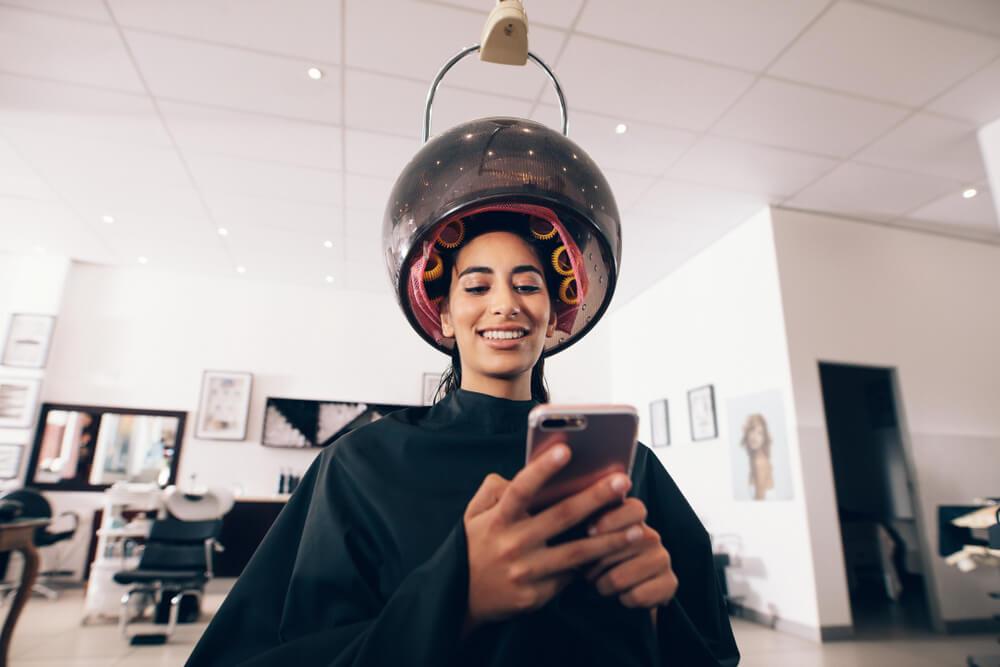
There are different approaches to steaming your hair at home. Depending on your operating budget, you have the option of the normal salon-grade steamer- which can be pricey. You can also go for handheld steamers or even fashion a DIY one right at home.
Before you go buying a steamer though, find out just how porous your hair is.
Hair Porosity
When it comes to hair matters, porosity is the ability to absorb moisture. A simple test is by making a small ball from your shed hair. Drop the ball into a bowl of water and let it stay for a few minutes. If it floats, then your hair has low porosity. If it sinks, then its highly porous. Normal porosity hair will just float somewhere in the middle.
Once you know how fast or slow your hair soaks in water then it’s time to choose the appropriate steamer. Here are your choices:
-
Hooded Steamer
A typical hood steamer is lightweight with adjustable height and two power levels. It operates with normal tap water to heat and produces mist/steam. These steam processors are similar in appearance to hooded hair dryers. The difference is that they come with a fancier control pad and a water tank.
They can be used with all hair types and colors. The operation is similar to that of a dryer, except for the fact that you should not cover your head with a plastic cap. A standard hooded steamer goes for about $100-$150, while a high-end one can cost as much as $2000.
-
Handheld Steamer
Handheld steamers are miniaturized versions of hooded steamers. The device is portable and easy to use. It is marketed as an all-in-one steamer for hydrating, reshaping, stretching, and conditioning hair.
Handheld steamers operate on the same heat ranges as the hooded ones, making them just as effective. They are corded with a small reservoir for holding distilled water. A typical steamer of this kind goes for about $70.
-
Steamer Caps
For a more portable and easier to adjust device, get yourself a steamer cap. However, steamer caps produce less moisture than handheld and hooded counterparts. That said, steamer caps provide a smooth moisture finish and come in both corded and cordless versions.
From about $15, these are one of the cheapest steam processors out there. They are also light, weighing between 1 and 1.5 pounds. Steamer caps also provide more mobility since you can move around as your hair gets treated.
-
DIY Steamers
If none of the above steamers work for you, try fashioning your own. Wash, and pat your hair with a dry towel to remove excess water. Next, put a wet towel in the microwave for about 5 minutes. As it warms up, wear a light shower cap, then seal it by tying the steaming towel on top.
Depending on the size of your hair, you can add another layer of a cap and hot towel for more efficient steaming. Let the DIY steamer stay in place for about 30 minutes before removing and letting your hair cool. You can also finish off by rinsing any products with cold water to ensure hair cuticles are sealed.
There you go! Your hair will definitely thank you for some steaming and yes, you can do it at the comfort of your home too. What’s even better is the fact that you can do this with any budget; whether you choose to use equipment or just DIY, the end justifies the mean. The most important thing is to know what to do and what not to do. Now go ahead and show your hair some love!

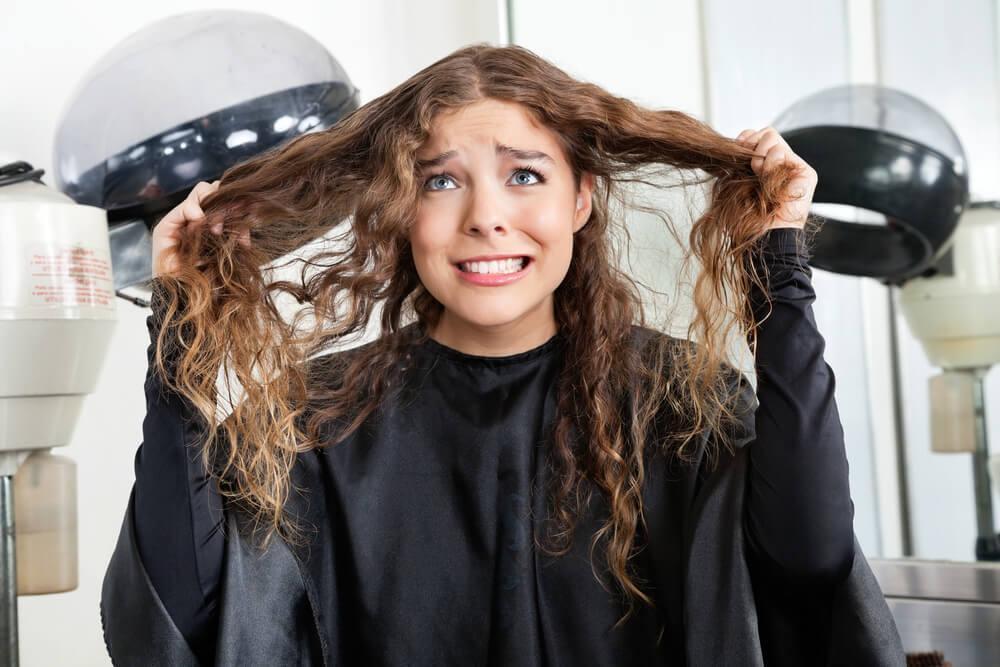
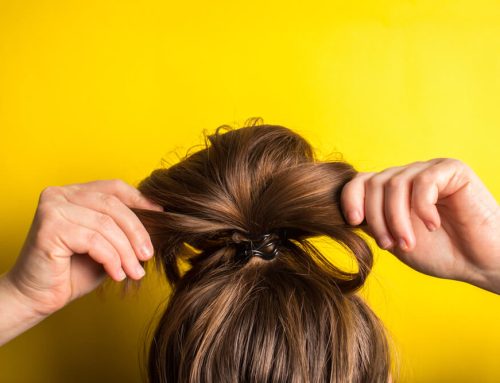
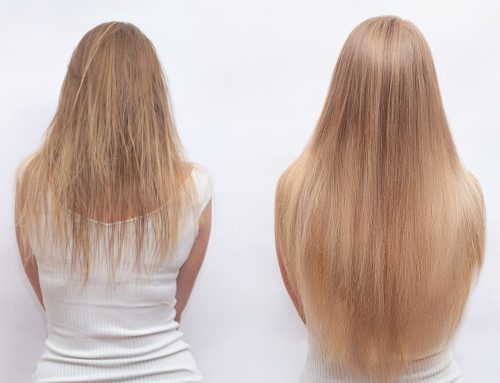
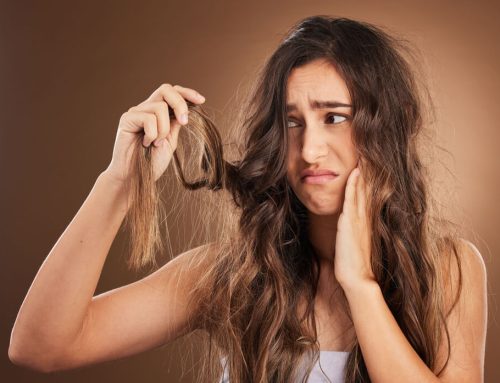

Leave A Comment